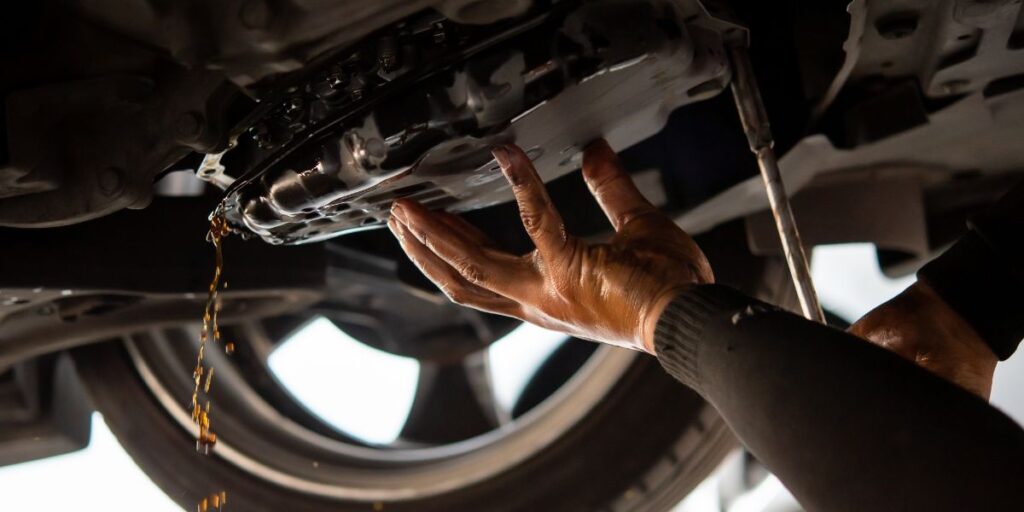Welcome to the “Ultimate Guide to Fixing Transmission Issues – Boost Your Car’s Performance!” Is your vehicle experiencing transmission woes that are holding back its potential on the road? Whether you’re a seasoned gearhead or a novice car enthusiast, this guide is your key to unlocking the hidden power within your vehicle. A well-functioning transmission is the heart of your car’s performance, and here, we’ll provide you with the knowledge and insights to diagnose, address, and enhance your transmission system.
So, gear up and get ready to embark on a journey of automotive mastery. Let’s dive into the world of transmissions, and with this ultimate guide, ensure that your car not only shifts gears but also shifts into a new realm of power and efficiency. Let’s revitalize your ride and get you back on the road with confidence.
Key Takeaway
Attention all car owners! Dealing with a broken-down transmission can be overwhelming and costly. However, by learning how to repair transmissions, you can save time, money, and stress. In this blog post, we will share valuable tips and tricks to help you fix your transmission and avoid the inconvenience of not having transportation.
With the knowledge and tools to repair your transmission, you can say goodbye to the frustration and headaches caused by a broken-down car.

Understanding the Transmission System
Are you experiencing problems with your car’s transmission? Is it making strange noises, shifting gears roughly, or refusing to shift at all? If so, you’re not alone. Transmission issues are one of the most common and costly car repairs but fear not. With the right knowledge and tools, you can repair your transmission and save yourself time and money.
- Understanding the Transmission System
- Assessing the Problem
- Gathering the Necessary Tools and Parts
- Replacing Faulty Components
- Reassembling and Testing the Transmission
Understanding the Transmission System To repair your transmission effectively, it’s essential to understand how it works. The transmission is responsible for transferring power from the engine to the wheels, allowing your car to move at different speeds. It consists of multiple components, including gears, clutches, bands, and sensors, all working together to ensure smooth shifting.
Assessing the Problem Before you begin any repairs, you must identify the root cause of the issue. Is it a mechanical problem, such as worn gears or a faulty sensor, or is it an electronic issue, such as a malfunctioning solenoid? You can use a diagnostic tool to retrieve error codes and pinpoint the problem accurately. Gathering the Necessary Tools and Parts Once you know what needs repairing, you can gather the necessary tools and parts.
Depending on the problem, you may need a new filter, gasket, solenoid, or even a complete transmission rebuild kit. It’s crucial to have all the correct parts and tools on hand to avoid any delays or complications during the repair process. Replacing Faulty Components With the transmission disassembled, you can now replace any damaged or worn components.
Follow the manufacturer’s instructions carefully, and take your time to ensure each part is installed correctly. It’s also a good idea to replace any parts that are not damaged but are known to wear over time, such as seals and gaskets. Reassembling and Testing the Transmission Once all the new parts are in place, you can reassemble the transmission.
Be sure to follow the correct sequence and torque specifications to avoid any issues. Before reinstalling the transmission in your car, it’s crucial to test it first. This step allows you to identify any potential problems and make any necessary adjustments before putting it back into your vehicle.
| Issue Description | Symptoms | Causes | Repair/Prevention |
|---|---|---|---|
| Slipping Transmission | – RPM fluctuations | – Low transmission fluid | – Check and top up |
| – Delayed gear shifts | – Worn-out clutch | transmission fluid | |
| – Loss of power | – Faulty solenoids | – Transmission overhaul | |
| ————————– | ————————- | ————————– | ————————– |
| Overheating Transmission | – Burning odor | – Low fluid levels | – Maintain proper |
| – Warning lights | – Damaged cooling lines | fluid levels | |
| on dashboard | – Faulty radiator | – Address cooling system | |
| – Sluggish shifting | – Towing heavy loads | issues | |
| ————————– | ————————- | ————————– | ————————– |
| Fluid Leaks | – Puddles under vehicle | – Damaged seals or | – Identify and fix leaks |
| – Low fluid levels | gaskets | – Replace damaged parts | |
| – Slipping gears | – Corroded transmission | – Regularly inspect | |
| pan | transmission | ||
| ————————– | ————————- | ————————– | ————————– |
| Gear Shifting Problems | – Rough or jerky shifts | – Worn-out clutch or | – Check and adjust |
| – Delayed engagement | bands | clutch and bands | |
| – Popping out of gear | – Faulty shift solenoids | – Replace solenoids if | |
| – Transmission linkage | necessary | ||
| ————————– | ————————- | ————————– | ————————– |
| Noisy Transmission | – Whining or clunking | – Worn-out bearings | – Inspect and replace |
| sounds | – Damaged gears | damaged components | |
| – Grinding during | – Low transmission fluid | – Maintain proper fluid | |
| gear shifts | – Misaligned components | levels | |
| ————————– | ————————- | ————————– | ————————– |
| Warning Lights | – Check engine or | – Electrical or sensor | – Diagnose with a |
| transmission light | issues | diagnostic scanner | |
| – Reduced power or | – Faulty sensors | – Address underlying | |
| performance | electrical issues |
Tools and Equipment Needed for Repair
A Comprehensive Guide to Fixing Your Vehicle’s Transmission Are you experiencing issues with your vehicle’s transmission? Is your car not shifting gears smoothly or making strange noises? If so, you may need to repair your transmission. The transmission is an essential component of your vehicle, responsible for transferring power from the engine to the wheels. Any problems with the transmission can greatly affect your car’s performance and safety.
But don’t worry; repairing a transmission doesn’t have to be a daunting task. With the right knowledge and tools, you can fix your transmission and get your car back on the road in no time. This comprehensive guide will walk you through the steps of repairing a transmission, from diagnosing the issue to completing the repair.
So, let’s dive in and learn how to repair transmission and get your vehicle running smoothly again.
Guide to Repairing Your Transmission
Are you struggling with a malfunctioning transmission? Do you feel overwhelmed and unsure of how to fix it? Don’t worry, you’re not alone. Transmission problems can be a major headache for car owners, but with the right knowledge and steps, you can repair it yourself and save a significant amount of money. In this guide, we will take you through the process of how to repair your transmission step by step.
We will cover everything from identifying the issue and gathering the necessary tools to executing the repair with ease. With our help, you’ll be back on the road in no time. So, let’s dive in and learn how to repair transmission like a pro!
Common Mistakes to Avoid During Transmission Repair
Transmission Repair: How to Fix Your Vehicle’s Most Essential Component Do you often find yourself struggling with a vehicle that hesitates to shift gears or makes strange noises when you accelerate? These are just a few signs that your transmission may be in need of repair.
As one of the most essential components of your vehicle, the transmission is responsible for transferring the power from the engine to the wheels, allowing you to drive smoothly and efficiently. When it malfunctions, it can greatly impact your driving experience and even leave you stranded on the side of the road.

If you’re facing transmission problems, you may be wondering how to repair it without breaking the bank. While transmission repairs can be expensive, there are some steps you can take to fix the issue and get your vehicle back on the road. In this guide, we’ll walk you through the process of repairing your transmission, from identifying the problem to finding the right solutions.
Whether you’re a car enthusiast or simply a responsible vehicle owner, knowing how to repair your transmission can save you time, money, and stress. So, let’s get started on this journey of getting your vehicle’s most essential component back in top shape!
Preventing Future Transmission Problems
Are you experiencing problems with your car’s transmission? If you’ve noticed strange noises, difficulty shifting gears or leaking fluid, it’s important to address these issues as soon as possible. Ignoring transmission problems can lead to further damage and potentially costly repairs. But don’t worry; we’ve got you covered with this guide on how to repair transmission issues.
Whether you’re a car enthusiast or a novice, this step-by-step guide will walk you through the process of diagnosing and fixing common transmission problems. So buckle up and get ready to learn how to keep your car running smoothly for miles to come.
Step 1: Identify the problem: The first step in repairing your transmission is to identify the problem. Is your car making strange noises when you shift gears? Is there fluid leaking from your vehicle? These are all signs of potential transmission issues. Please take note of any symptoms you’ve noticed and be prepared to describe them when you take your car in for repairs.
Step 2: Check the transmission fluid. Low or dirty transmission fluid is often the culprit for many transmission problems. You can easily check the fluid level and condition by locating the transmission dipstick under the hood of your car. If the fluid is low or discolored, it’s time to top it off or change it altogether.
Step 3: Inspect the transmission for leaks. If you’ve noticed fluid leaking from your vehicle, it’s important to determine where the leak is coming from. A common cause of transmission leaks is a damaged seal or gasket. If this is the case, you may be able to replace the seal or gasket yourself.
Frequently Asked Questions [FAQs]
1. Can I repair my transmission on my own?
It is not recommended to attempt repairing a transmission on your own, as it requires specialized knowledge and tools. It is best to consult a professional mechanic.
2. How long does it take to repair a transmission?
The time it takes to repair a transmission depends on the extent of the damage and the type of repair needed. It could take anywhere from a few hours to a few days.
3. How often does a transmission need to be repaired?
This can vary depending on the make and model of your vehicle, as well as your driving habits. Generally, it is recommended to have your transmission serviced every 30,000-60,000 miles.
4. Can a transmission be repaired, or does it always need to be replaced?
In some cases, a transmission can be repaired. However, if the damage is too severe or the transmission is too old, it may need to be replaced.
5. How much does it cost to repair a transmission?
The cost of transmission repair can vary greatly depending on the type of repair needed and the make and model of your vehicle. It is best to get a quote from a trusted mechanic before proceeding with the repair.
Important Notice for readers
Dear readers, We would like to bring to your attention an article on how to repair transmission. This comprehensive guide will provide you with step-by-step instructions on diagnosing and fixing common transmission issues. It is important to note that proper knowledge and expertise are required for successful repairs, and we highly recommend consulting a professional if you are not confident in your abilities.
Conclusion
The key to repairing a transmission lies in understanding the root of the problem. Whether it’s a worn-out gear, a faulty solenoid, or low fluid levels, identifying the issue is the first step toward a successful repair. From there, it’s important to have the right tools, knowledge, and patience to tackle the task at hand.
